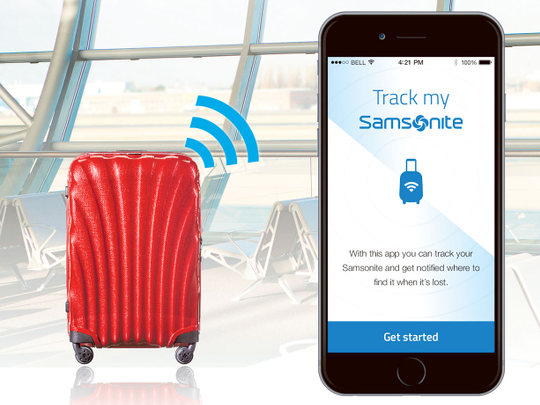
Dubai: Losing luggage at airports is a nightmare for every traveller and 24.1 million pieces of baggage were mishandled worldwide in 2014, meaning they were temporarily or permanently lost.
Out of the 24.1 million pieces, 85 per cent were returned to their owners within 48 hours. Unfortunately, 5.5 per cent of all mishandled baggage is never reunited with its owners.
According to the latest SITA Baggage Report 2016, the rate of mishandled bags was 6.5 bags per thousand passengers in 2015, down 10.5 per cent from the previous year, less than half the rate in 2003 and the lowest ever recorded.
Francesco Violante, CEO of SITA, said in a statement that mishandled bags still cost the industry $2.3 billion last year. While this is a 3.75 per cent reduction from 2014, it is clear that this must remain an area of focus for the industry.
“Over the past year there has been progress across the industry on permanent electronic tags which offer passengers independence and can reduce waiting times. Airlines are now trialing these tags which passengers update with their flight information for each journey via a mobile phone app. Home-printed bag tags, which offer passengers similar benefits, are a lower cost option being used by several airlines today,” he said.
Many airlines have started giving radio-frequency identification (RFID) tags to passengers to track their luggage.
Addressing these concerns, the world’s largest luggage manufacturer Samsonite has found an innovative way to make this issue a thing of the past.
Shaheen Jamil, Business Head for Middle East, Africa, CIS and SAARC countries at Samsonite, told Gulf News that the company has leveraged Google’s robust, secure and cross-platform approach to introduce “Track&Go” — a sophisticated beacon device built into the Samsonite suitcases, allowing the owner to easily and privately track the luggage via WiFi.
The Bluetooth beacon will use Eddystone Ephemeral Identifiers (EIDs), an open privacy/security protocol by Google and has been designed and manufactured by Accent Systems.
Jamil said that the beacon works with Android as well as Apple’s operating systems also. It is similar to Apple “Find My iPhone” but Google is way ahead of Apple.
Samsonite expects that anyone with a smartphone will be able to help retrieve lost suitcases or bags.
Jamil said that the owner needs to register through the Travlr by Samsonite app. The app was launched last year to offer flight tracking, tips and reminders when travelling.
“The app allows owners to easily track the location of the suitcase within a distance of 70 meters. If the suitcase goes missing, the owner can easily flag it as lost in the app. Once flagged as ‘lost’, the app leverages its user base to help the suitcase’s owner find it,” he said.
If anyone else is using the app passes within the 70 meters of the lost suitcase, an EID-based signal is picked up. This triggers a notification with location and time details of the suitcase to be sent out to the owner.
Both the tracking and notification process take place at “no additional cost” for the users.
Samsonite aims to launch the first suitcases featuring the Track&Go solution in the European market by the end of 2016, followed by other international markets, including Middle East, in the first quarter of next year.
“We are trying to tie up with lot of other airlines and luggage handlers at the airports. As more number of beacons is installed, the number of responses an owner will get about the lost luggage,” he said.










